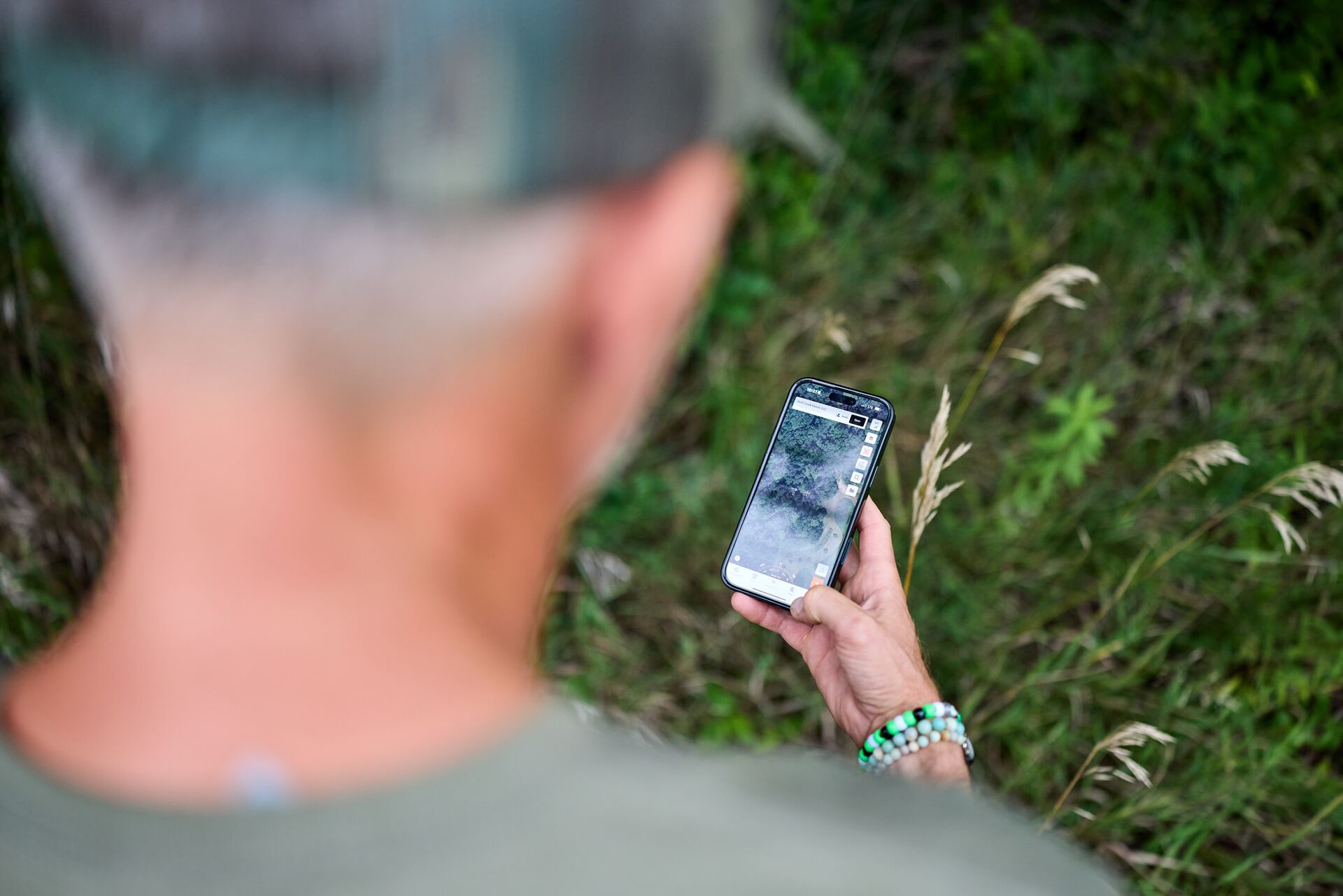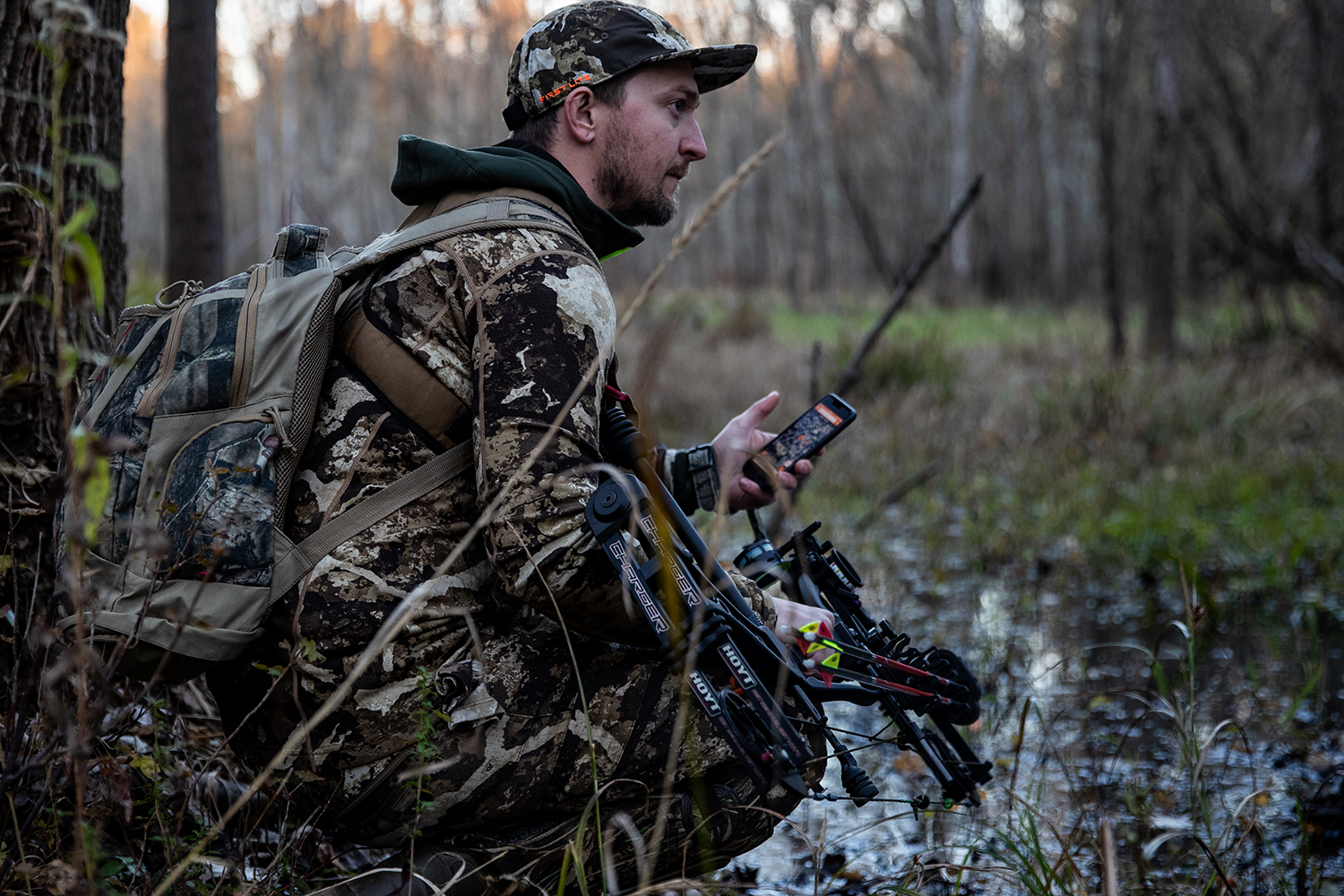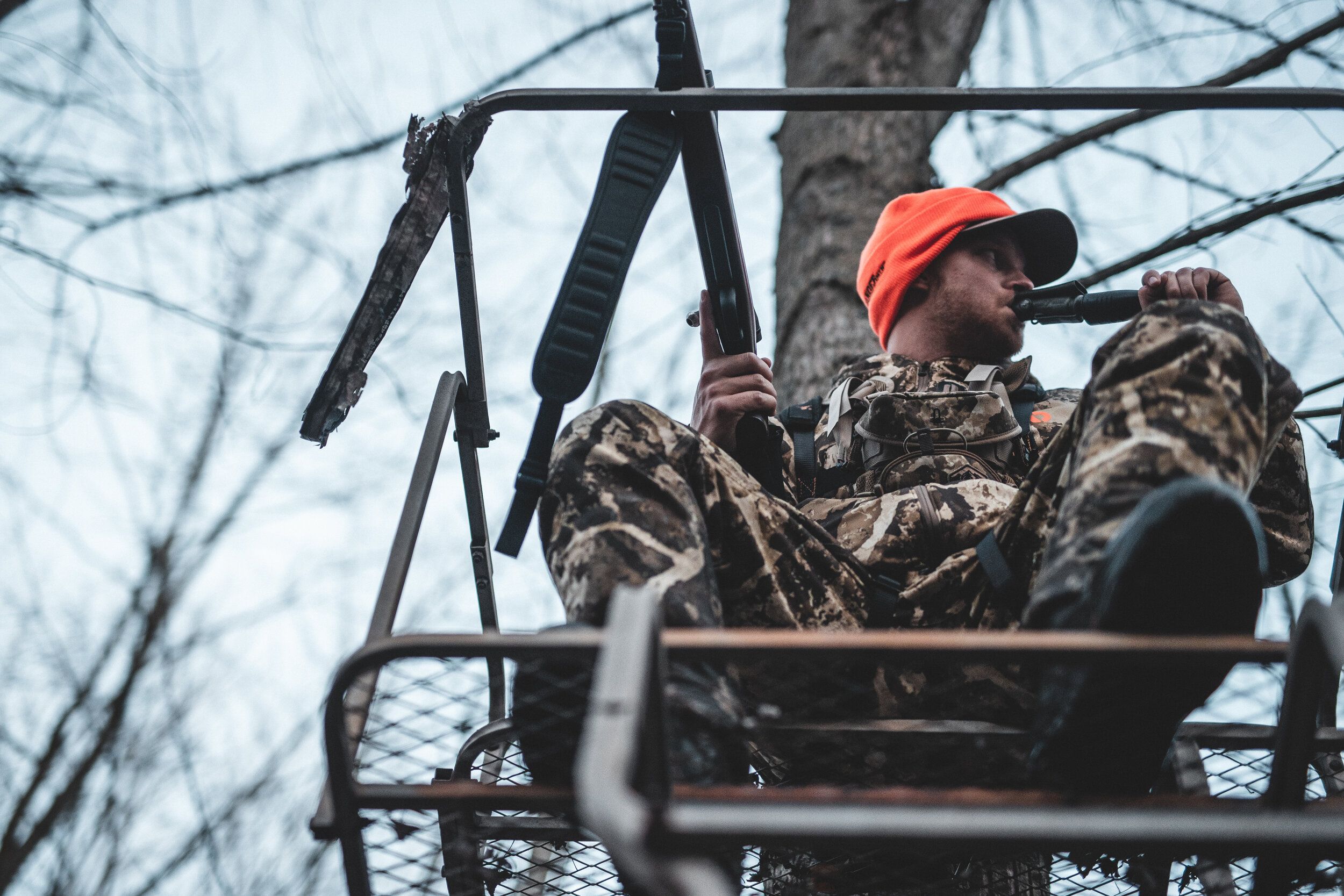Field Guide / Hunting Tips
How to Hunt the Wind Like a Pro
Every hunter knows how keen a whitetail deer's sense of smell is. Some studies estimate that the deer's ability to smell is about 10,000 times stronger than a human's. However, as a deer's number one defense against predators, many hunters often overlook their sense of smell.
Previous in Hunting Tips
More Content Like This
10 Photography Tips for Hunting Influencers
Creating visually engaging images has always been the end goal of a photographer. With the rise of social media platforms, engaging user-created content is more important than ever. Read More
Read MoreCalling Bucks During the Rut: 5 Tips for Success
Calling in a deer is one of the most exciting things you can do as a hunter, especially during the rut. It means you are perfectly positioned and communicating directly with the nearby whitetail. Read More
Read More
How to Use a Hunting Land App to Find Where to Hunt
Successful hunts are rarely the result of pure luck. More often than not, they are the payoff from hours spent preparing and planning long before opening day. Read More
Read More Hunting Tips
Hunting Tips10 Photography Tips for Hunting Influencers
Creating visually engaging images has always been the end goal of a photographer. With the rise of social media platforms, engaging user-created content is more important than ever. Read More
Read More Hunting Tips
Hunting TipsCalling Bucks During the Rut: 5 Tips for Success
Calling in a deer is one of the most exciting things you can do as a hunter, especially during the rut. It means you are perfectly positioned and communicating directly with the nearby whitetail. Read More
Read More Hunting Tips
Hunting TipsHow to Use a Hunting Land App to Find Where to Hunt
Successful hunts are rarely the result of pure luck. More often than not, they are the payoff from hours spent preparing and planning long before opening day. Read More
Read More
1 of 3